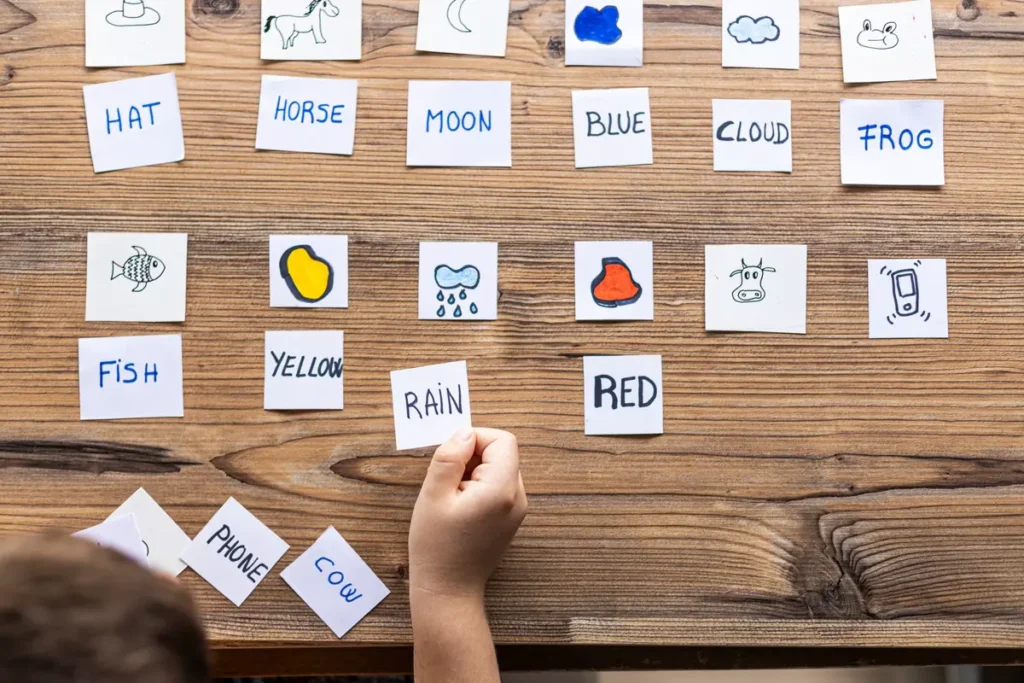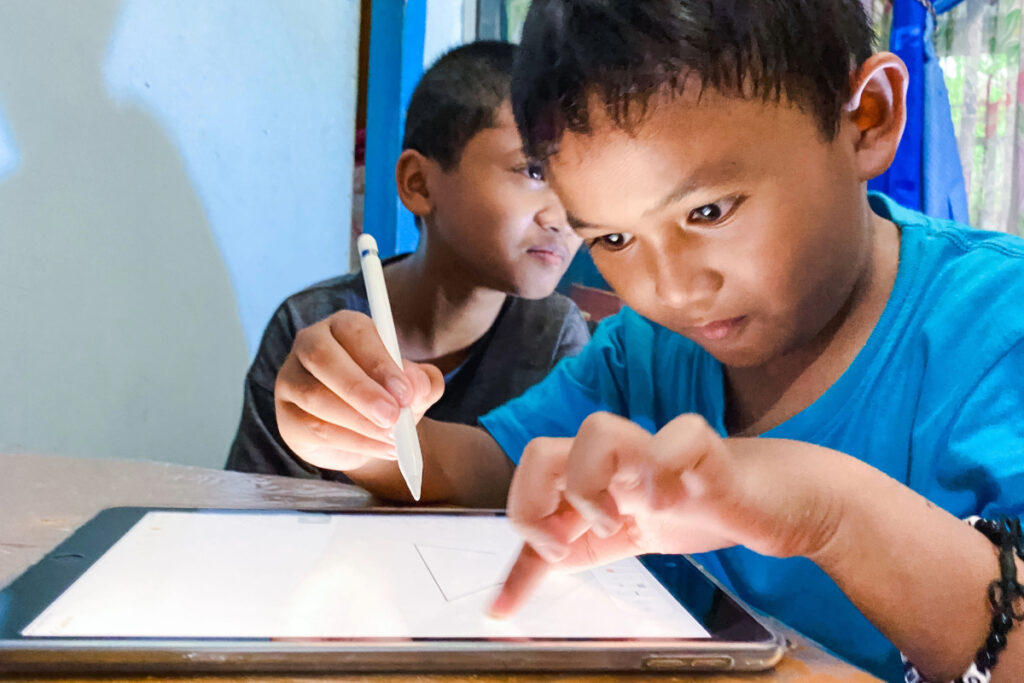Understanding and Supporting Nonverbal Communication in Children with Autism
Accommodating their unique communication needs can improve their quality of life.
Nonverbal communication is a crucial aspect of interaction for many children with autism.
Since verbal communication may be challenging, it’s essential to implement effective strategies to support and enhance their nonverbal communication skills. Here’s how you can make a difference:
- Use of Gestures: Teaching and encouraging simple gestures like pointing or waving is fundamental. These basic actions help autistic children communicate their needs and feelings when words are not an option.
For example, pointing to a desired object or waving hello can significantly improve their ability to interact with others.
- Visual Aids: Visual supports, such as picture cards or communication apps, are highly effective for nonverbal communication. These tools allow children to express their needs by selecting images or symbols.
For instance, using picture cards to indicate hunger or a preferred activity can help reduce frustration and improve understanding.

- Sign Language: Introducing basic sign language can greatly enhance communication for children with autism. Simple signs for everyday needs – like “more,” “please,” or “help” – can provide a valuable alternative to verbal communication.
Teaching sign language in a supportive environment helps children convey their thoughts and needs more clearly.
- Pay Attention to Body Language: Understanding body language is crucial for supporting nonverbal communication. Children with autism may use body language to express themselves, such as avoiding eye contact, engaging in repetitive movements, or showing specific physical postures.
Recognising these cues can help you respond effectively to their needs and emotional states.
- Encourage Alternative Communication Devices: Technology can be a powerful aid in nonverbal communication. Tablets with communication apps offer various symbols, pictures, and text options that enable children to express themselves.
These devices can be an extension of their voice, allowing for more transparent and effective communication.

Supporting nonverbal communication in children with autism involves patience and creativity. By incorporating gestures, visual aids, sign language, and technology, you can foster a more inclusive environment.
Understanding and accommodating their unique communication needs can enhance their ability to engage with the world and improve their overall quality of life. For more tips on supporting children with autism, explore resources and strategies tailored to their communication needs.




